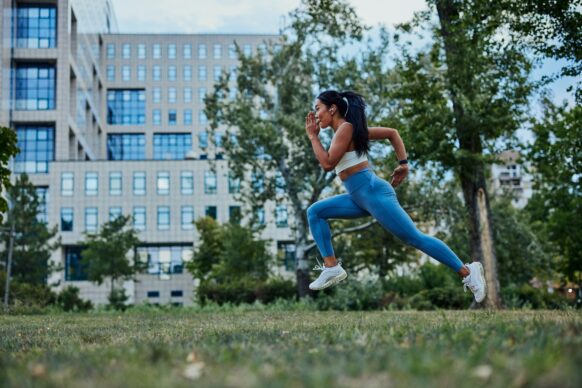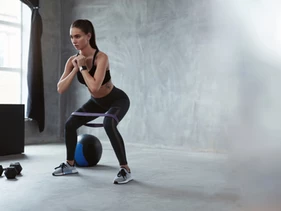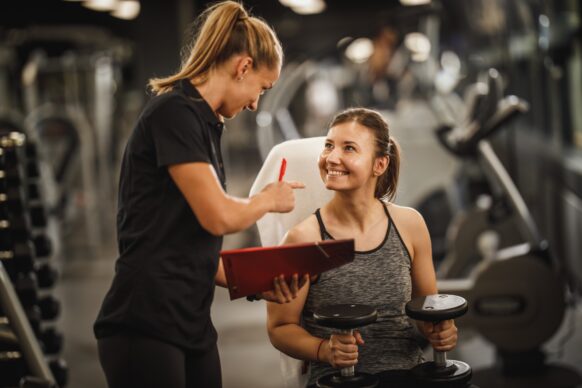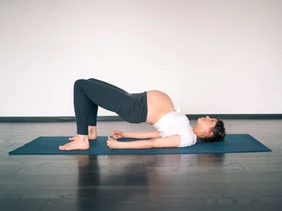by Michael Nieraeth, DPT, SCS, OCS, CSCS
In the post, When Am I Ready to Return to Sport?, I discussed some of the small goals that need to be achieved to measure readiness to return to sport. Full range of motion, muscle activation, ability to perform all daily activities (stairs, sitting down, walking, etc.) are the usual precursors to beginning return-to-sport exercises. Once these are accomplished, you can begin to attempt the plyometric, agility and higher intensity strengthening exercises. The exact timeline for beginning this next step of exercises is determined on post-operational protocol and individual basis (please see previous blog posts on ACL Rehab).
When beginning the higher intensity exercises, the type of injury can affect the type of exercise that’s needed. With the higher intensity exercises, squatting, jumping and other weight-bearing exercises are usually safer for ligamentous injuries (i.e. ACL, MCL) as they will not put as much torque on the knee and stress on the ligaments as a knee extension exercise. In contrast, a little more caution may be necessary with heavy jumping and squatting in someone with a meniscus injury or hip labrum repair surgery. There are some general rules to use to gauge if the load of exercises is too much for your body to handle. If your physical therapist increases your exercise intensity and you feel sore for about 2 days, that’s probably a normal response and you can continue to perform exercises at that level. If your exercise intensity is increased and you begin limping, have sharp pains or have joint pain that lasts more than 2 days, you may need to back off and then gradually return to that level of exercise.
These general guidelines should be used after beginning agility exercises and during the gradual increase in minutes performing your sport. Continue to increase the amount of weight used during squatting and increase the number of jumps you are attempting. If you want to return to a sport that requires running, cutting, kicking, sprinting, or holding up to a 300 lb lineman, then you better be able tolerate that load. The only way to prepare yourself for those demands is to constantly increase the exercise intensity by following the general guidelines previously mentioned.
The following are a battery of lower extremity return-to-sport tests that should be performed in order to gauge how prepared an individual is for returning to their sport. The numbers that are mentioned are important, but getting deeper into a squat, keeping the knee straight and decreasing trunk lean is just as important.
Y-Balance
Anterior reach should be within 4cm of each other side to side. The best composite score of the 3 directions should be divided by 3 and then be 94%. Poor performance may be caused by weakness, decreased balance or decreased flexibility.
Step Down Test
This 30 second test on a 15 inch step asks the individual to perform as many steps downs as possible. The number of repetitions should be within 90-100% of the unaffected leg. Quality is also important, as there should not be excessive trunk lean, knee should go straight forward and heel should just barely tap the ground.
Hop Tests (Single, Triple, Crossover Triple)
These are the most common tests used for return-to-sport for the lower extremity. An ideal score side to side is 80-90% comparing the injured side to the unaffected side. For some individuals this may need to be more than 100%.
Feel free to reach out to a physical therapist for further guidance.




